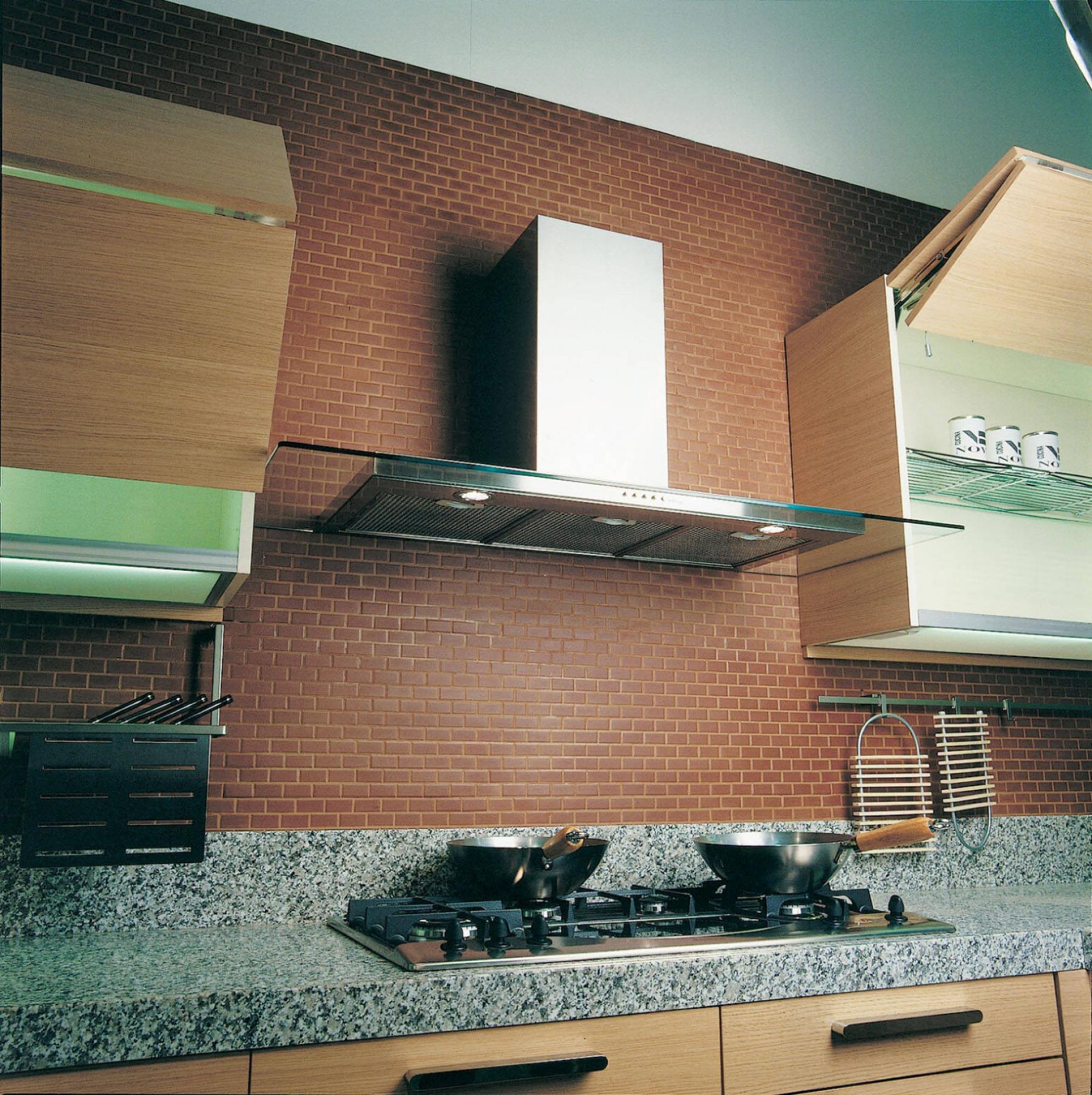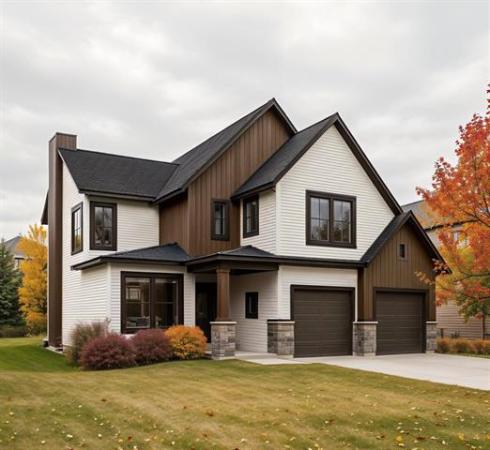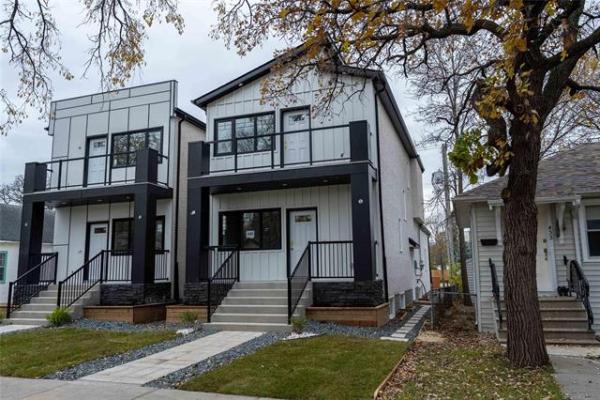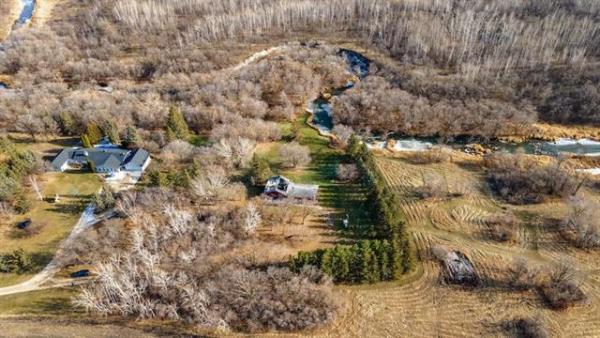
Charlotte Observer/MCT
Adding a vent hood over a range or cooktop, which directly expels through the exterior wall or foundation, will get rid of many of the odour-causing particles at the source.
Question: I live in a second- and third-floor townhouse-style condominium. The layout has my exterior door opening to a staircase that leads directly upstairs into my unit. The stairs are separated by a railing in the living room, but are otherwise open. Another homeowner lives on the first floor, so the walls around my staircase are shared.
My unit is regularly subject to cooking smells from my neighbour, which makes me wonder if this means there is no fire separation. Would you recommend that I clad my staircase in additional sheetrock to improve the situation? Paloma
Answer: Adding another layer of drywall may do little to stop cooking odours invading your living space from an adjacent neighbour in your condo. Using exhaust fans in both units may be the only way to keep out the offensive smells.
Occasionally, I will get an inquiry from a frustrated tenant or homeowner in an apartment or condominium complaining about odours from the neighbours getting into their suite. Often, these appear to come through the common walls between the units, but they may also be emanating from other locations, as well. Most times these odours are related to cigarette smoke, or other potentially hazardous air quality issues, but sometimes may be different smells from lifestyle issues. In your case, strong odours from cooking may be related to various strong spices and techniques employed in some food preparation. Sometimes, frequent frying of foods with oil, whether in a frying pan, deep fryer or wok, can also create pervasive and lasting smells. Either way, spicy, smoky or greasy food odours may be difficult to keep out of your home from the neighbour.
Because cooking smells are caused by particles dissolved in the air, they can be hard to keep secluded to the area from which they arise. Air moves quite freely within our homes, especially with a forced-air heating and cooling system. Despite the visibly sealed walls, floors and ceilings, air can migrate through many gaps that are not noticeable. This may be due to gaps between building materials that are filled with a small amount of tape and drywall compound. Even with a 12- to 15-millimetre thick layer of drywall separating the living spaces, air can penetrate any gaps, holes or other small openings around electrical boxes and fixtures, plumbing pipes, heating ducts or other protrusions. Most buildings will have a polyethylene air/vapour barrier installed on all exterior walls and ceilings, but not between warm partitions. This lack of air-sealing plastic sheathing will allow more air penetration between these areas.
Because you live in the upper two floors or your building, odours due to air movement will be much more likely. Because of the “stack effect” in buildings, warm air will naturally migrate from the cooler lower areas to the warmer upper rooms. Since your adjacent neighbour’s kitchen is below the living area in your suite, these normal convective forces will help the movement of the cooking particles into your living space. Adding an extra layer of drywall to the common area around the stairway will do little to prevent this, unless there are wide open sections. It is unclear from your question whether this is present, but doubtful due the style of building.
Building and fire codes related to fire separations may be different depending on how many suites there are in your individual building. If there are only two suites, separated by your stairway and the ceiling, it may not be required to have a complete fire separation and fire alarm system. If the condo has at least three suites, these components are typically requirements, which should ensure better encapsulation of individual living spaces. Thicker fireguard drywall, rather than standard 12-mm, may be required on all common walls and ceilings, which may be doubled in some areas. This fire separation is done primarily to slow down the spread of fire from one suite to another. Secondarily, it may also help prevent air and smoke migration, which should allow more time for escape from the building in the event of a fire. It may also help prevent cooking odours travelling between individual homes, but will not be foolproof. So, planning for additional drywall layers on the common stairway walls may help improve your safety in case of a fire, but may not substantially help with your odour issues.
The main way to prevent cooking odours from travelling between your neighbour’s lower level and your upper living space is to improve ventilation in both suites. The most important area would be in the lower suite’s kitchen, which may be easily improved by installation of an externally exhausted range hood. Putting in a vent hood over the range or cooktop, which directly expels through the exterior wall or foundation, will get rid of many of the odour-causing particles at the source. That will force the cooking particles out of the lower suite before they get a chance to circulate. Also, it may drop the air pressure in that portion of the building when in use, somewhat counteracting the stack effect. That could draw fresher air in through the common stairway, or from any poorly sealed doors and windows in the exterior walls. Using exhaust fans more frequently in your suite will also help, and should improve your indoor air quality at the same time.
Putting additional partitions between your upper building suite and the lower neighbour’s in your condo may do little to prevent heavy cooking smells from penetrating your living space. Removing the odour-causing particles at the source with proper mechanical ventilation will be a much better solution.
Ari Marantz is the owner of Trained Eye Home Inspection Ltd. and a Registered Home Inspector (RHI)(cahpi.ca). Questions can be emailed to the address below. Ari can be reached at 204-291-5358 or check out his website at trainedeye.ca.
trainedeye@iname.com



